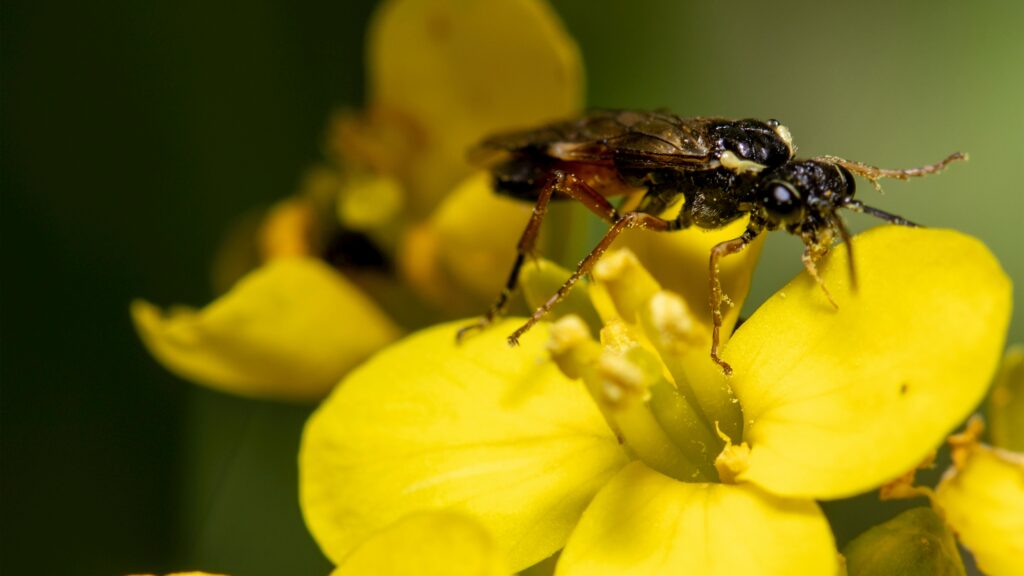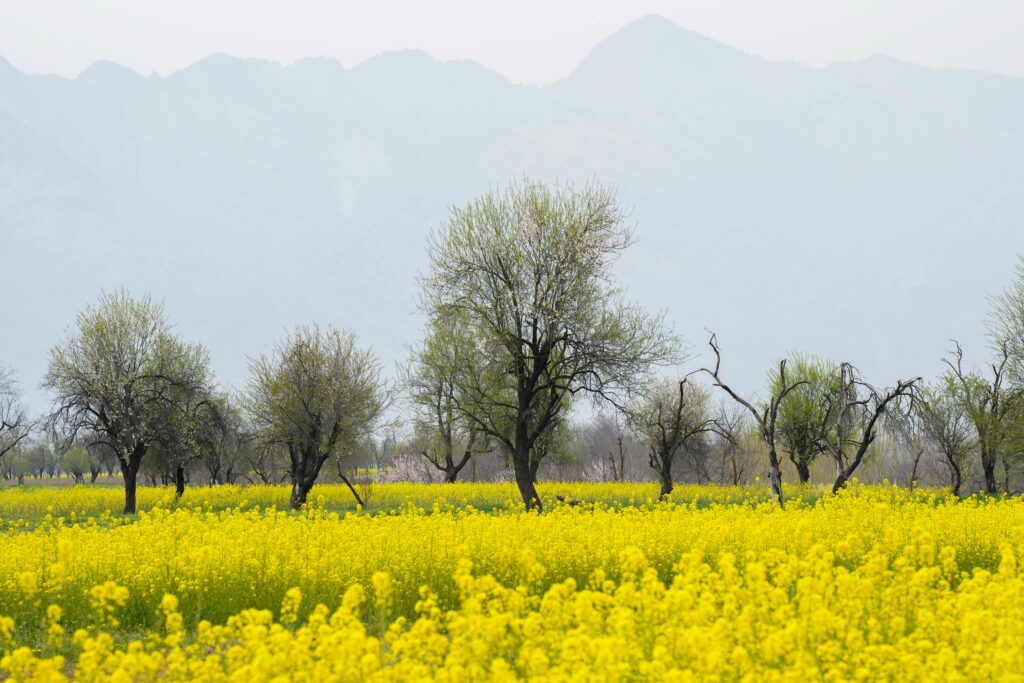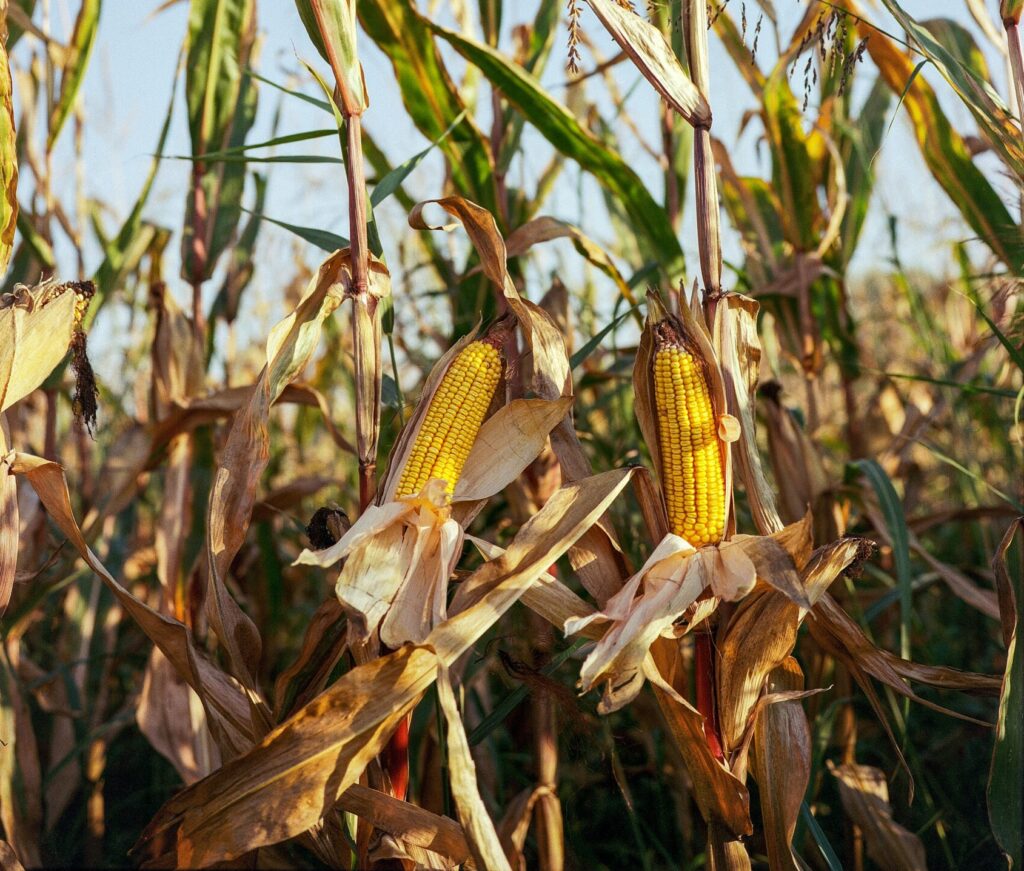Rice is a staple food for more than half of the global population, and its cultivation spans across diverse regions, each growing specific varieties suited to their climate, soil, and cultural preferences. The wide range of rice varieties offers unique textures, flavors, and nutritional values that make rice a versatile grain in global diets. This article provides a comprehensive look at the key rice varieties grown around the world, their characteristics, and their uses.
1. Japonica Rice
- Region: Predominantly grown in Japan, Korea, China, and parts of the United States (like California).
- Characteristics: Short-grain, sticky, and starchy with a soft and slightly chewy texture when cooked.
- Culinary Use: Japonica rice is best known for its use in sushi, sticky rice, and other East Asian dishes.
- Sub-varieties:
- Koshihikari: A premium variety prized for its sweetness and slightly sticky texture.
- Calrose: Grown mainly in California, popular in many Western countries.
2. Indica Rice
- Region: Widely cultivated in tropical and subtropical regions, especially in India, Southeast Asia, and parts of Africa.
- Characteristics: Long-grain, less sticky, and drier with a fluffy texture when cooked.
- Culinary Use: Indica rice is most commonly used for dishes like biryani, fried rice, and pilaf.
- Sub-varieties:
- Basmati Rice: Famous for its aromatic fragrance and long, slender grains. Mostly grown in India and Pakistan, basmati is a favorite for making dishes like biryani and pilaf.
- Jasmine Rice: Grown primarily in Thailand, this aromatic variety has a soft, sticky texture and is commonly used in Southeast Asian cuisines.
3. Glutinous (Sticky) Rice
- Region: Grown mainly in Southeast Asia, particularly in Laos, Thailand, and Vietnam.
- Characteristics: Short-grain, opaque, and extremely sticky when cooked.
- Culinary Use: Frequently used in desserts and snacks, especially in dishes like mango sticky rice and dumplings.
4. Black and Red Rice Varieties
- Region: Primarily grown in India, China, Southeast Asia, and parts of Africa.
- Characteristics: Both black and red rice varieties are known for their higher nutritional content, being rich in antioxidants and fiber. They have a chewier texture and a slightly nutty flavor.
- Culinary Use: Often used in health-conscious dishes, salads, and gourmet recipes. Black rice is also used in special traditional dishes in parts of China and Southeast Asia.
- Examples:
- Forbidden Black Rice: Named for its rich, dark color and often referred to as “emperor’s rice” in ancient China.
- Red Rice (Matta): Popular in Indian and Sri Lankan cuisines, often used in traditional dishes like idiyappam and appam.
5. Wild Rice
- Region: Native to North America, particularly the Great Lakes region, and parts of China.
- Characteristics: Although technically a grass, wild rice is often considered a rice variety. It has long, dark grains with a chewy texture and earthy flavor.
- Culinary Use: Used in salads, soups, and as a side dish, wild rice is highly valued for its rich taste and health benefits.
6. Arborio Rice
- Region: Grown in Italy, primarily in the Po Valley.
- Characteristics: A medium-grain rice known for its high starch content, giving it a creamy consistency when cooked.
- Culinary Use: Arborio rice is the key ingredient in risotto, a classic Italian dish. It absorbs liquid well and becomes creamy without becoming mushy.
7. Hybrid and Genetically Modified Rice Varieties
- Region: Grown in various regions with a focus on improving yield and resistance to pests or diseases.
- Characteristics: These varieties are developed to withstand harsh conditions, such as drought or flood, while increasing production and quality.
- Notable Varieties:
- Golden Rice: Genetically modified to provide higher levels of Vitamin A to address deficiencies in regions where malnutrition is prevalent.
- Hybrid Rice Varieties: Developed in countries like China and India, these varieties offer higher yields to meet the demands of growing populations.
The Importance of Rice Diversity
The diversity of rice varieties around the world is not just about culinary preference but also about agricultural sustainability and food security. Different varieties thrive in different environments—whether they require flooded paddies, dry fields, or are grown organically. By cultivating a variety of rice types, farmers can better withstand the challenges posed by climate change, pests, and diseases, ensuring a steady supply of this crucial crop.
Rice, in its many forms, remains a vital crop that sustains billions of people around the world. From the aromatic basmati in South Asia to the sticky rice of Southeast Asia, and the nutritious black and red rice varieties, each type offers unique benefits for culinary use, nutrition, and agriculture. Understanding the variety of rice and their global significance not only enriches our knowledge but also highlights the importance of sustainable practices in rice farming for the future.
















